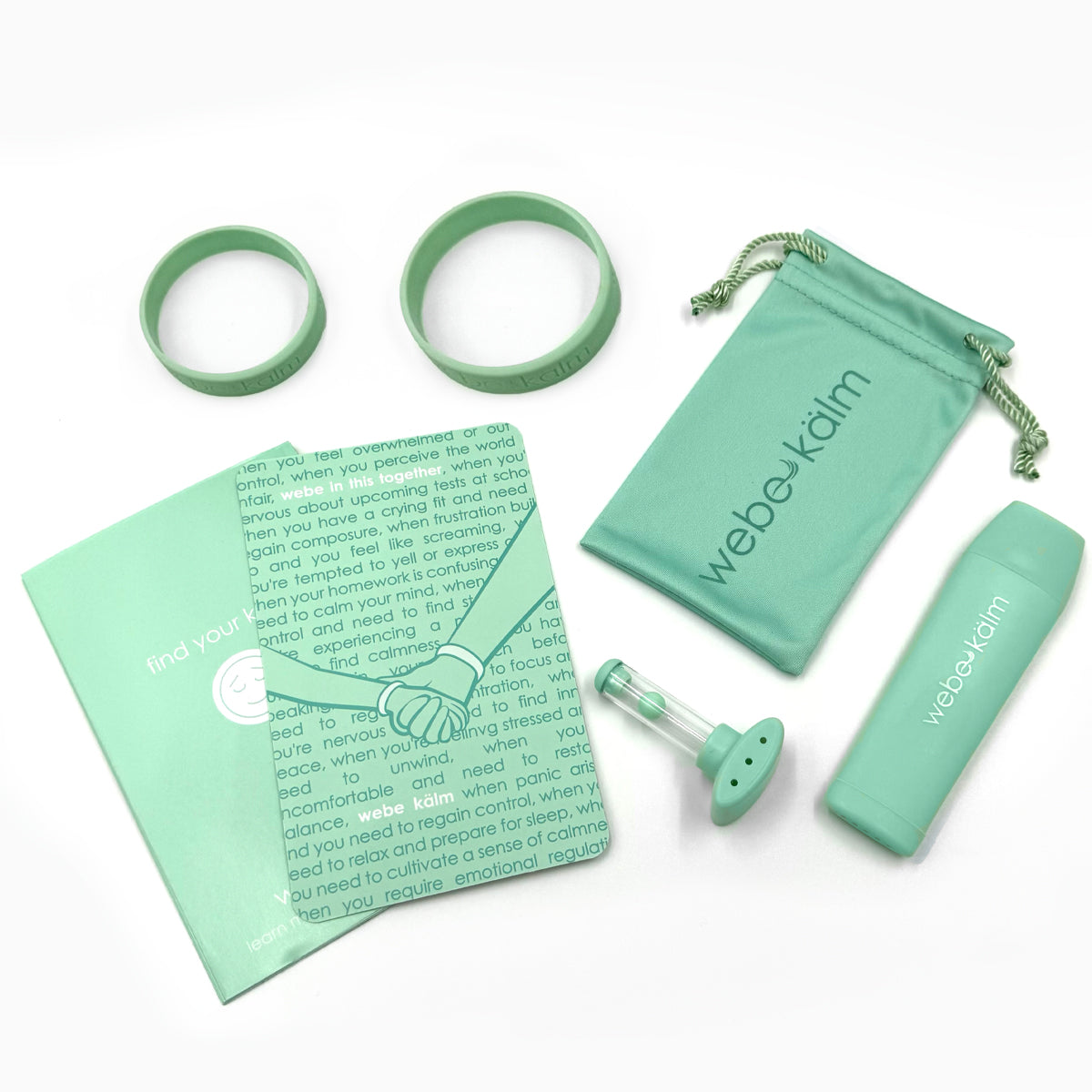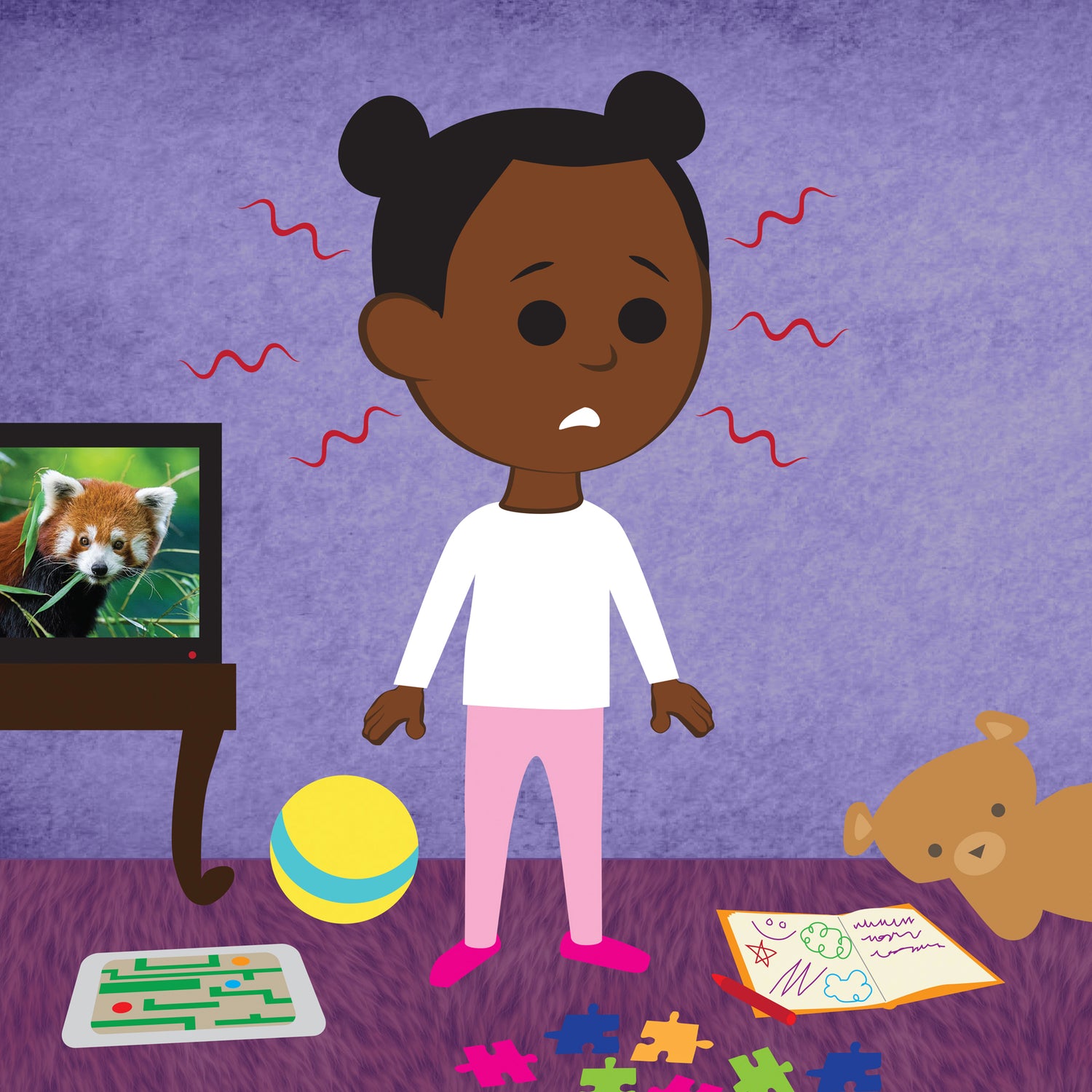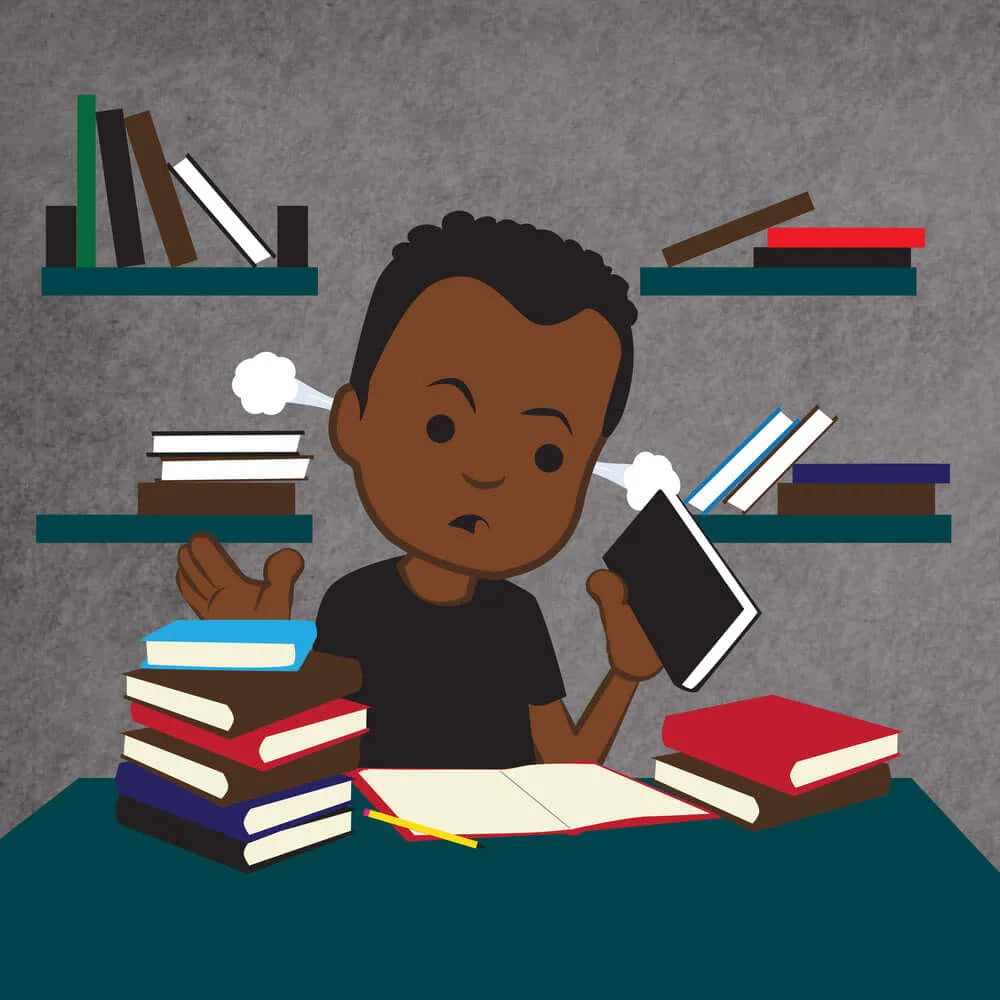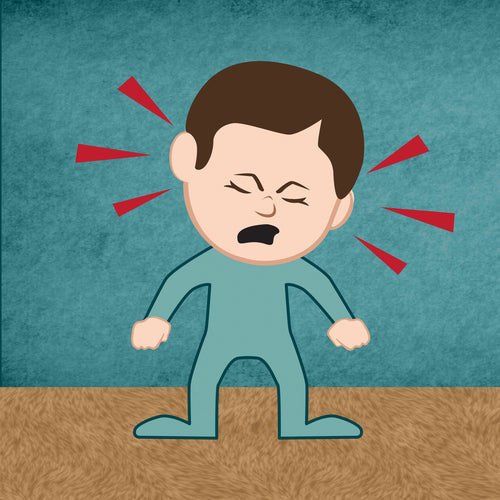Dear webe,
Our child’s ADHD symptoms have hit an all-time high this year. He is more scattered than ever. His ability to concentrate and stay on task is causing disruption at home and in the classroom, as are his impulsivity and obsessive tendencies. Most importantly, it is affecting his self esteem. Besides redirecting and Rx meds, can you offer any helpful tools, natural coping remedies, or exercises that could help our very bright and well-meaning child?
Beth W.
Dear Beth,
Sounds like you are feeling quite frustrated and concerned around your needs for presence and focus as well as consideration in both the classroom and home. And you are worried about the strategies your child is using to meet their needs along with the impact that is having on others as well as on your child’s emotional wellbeing.
That is a lot to hold - wanting your child to be okay, worried they are not, and not knowing what to do to help beyond redirecting and medication. And to make matters worse, you may be judging your competence as a parent and might benefit from some self-compassion (it is really hard to be a parent sometimes) and empathy (sounds like you are carrying a heavy weight worrying about your child and so wanting them to thrive).
Our sense is that your child needs to learn how to regulate their nervous system when it feels out of control. The good news is that they will appreciate a sense of peace and calm as much, if not more, than you will because it feels uncomfortable to be dysregulated. In these situations, slowing down is a great first step. Specifically, slowing down at regular intervals to breathe and regulate the body before doing anything else is essential. The key here is to practice when your child is in a calm state so it becomes an automatic strategy when they feel out of control. One exercise you can try, we call five finger breathing. As you inhale, you trace up the thumb of your left hand with the pointer finger of your right hand and as you exhale you come down. Continue to inhale and exhale as you work your way across your fingers from thumb to pinky - inhaling and tracing up and exhaling and tracing down. This adds tactile calming to the regulation effect of slow exhalation.You can also try using webe kälm. We created it just for this moment and it gives the child and yourself something to focus on. An empathic invitation can go a long way. For example, “I am noticing you are moving around and wondering if you are having a hard time concentrating on your task? I heard about a new technique that can teach us how to find a sense of calmness, focus, and concentration. Would you like to give it a try with me?” Your child can use the webe kälm while you practice breathing with them. In this way, you are both regulating together (co-regulating) another valuable practice to reduce stress, anxiety, and over-stimulation.
You can provide your child with further support by working together with them to create a daily schedule they can follow. This schedule can be posted in their room, written on a dry erase board, or plugged into a phone or ipad. If they have a device and would find it helpful, they can set alarms throughout the day to remind them of their next task. You can also discuss mutually agreed upon consequences that will help hold your child accountable and reduce your frustration. Check-in regularly to see if this plan is working and tweak when necessary. As you both refine this strategy, remember to focus on progress over perfection (it won’t happen overnight but the idea is that you are consistently moving in the right direction).
Best wishes,
webe













Leave a comment
All comments are moderated before being published.
This site is protected by hCaptcha and the hCaptcha Privacy Policy and Terms of Service apply.